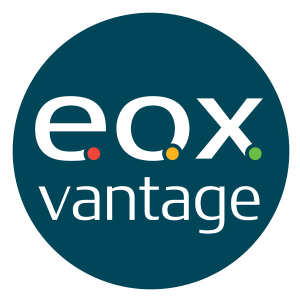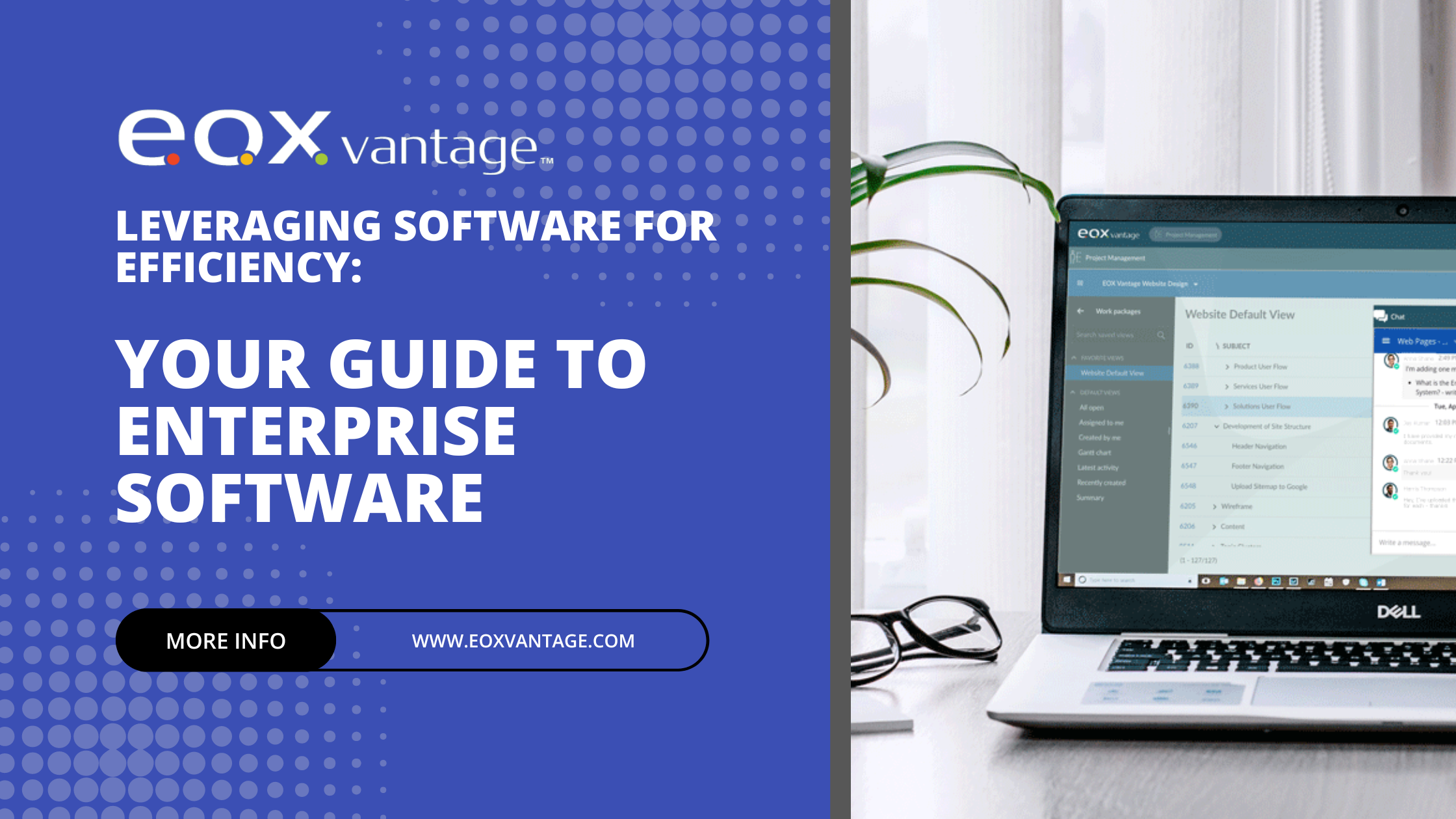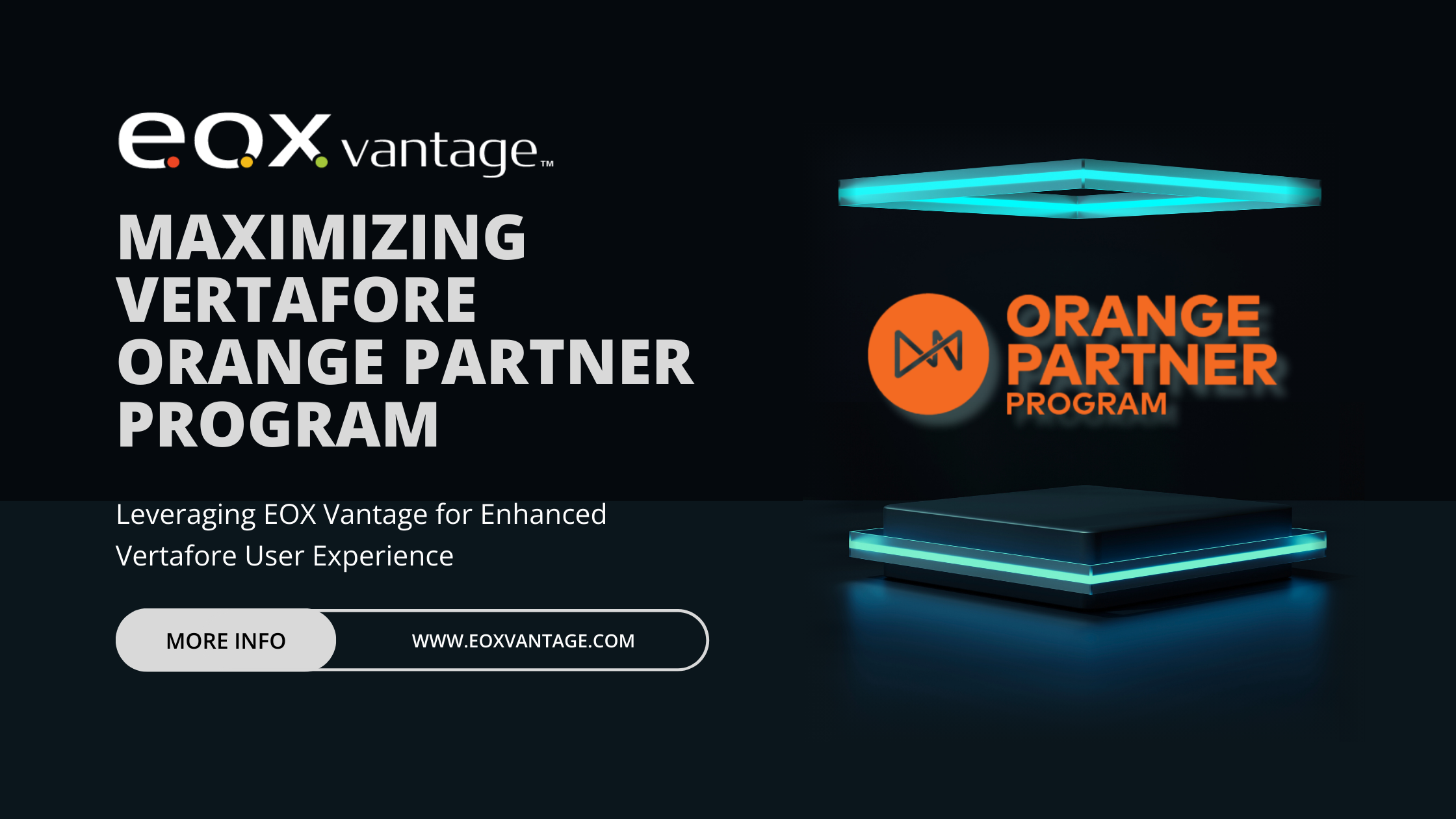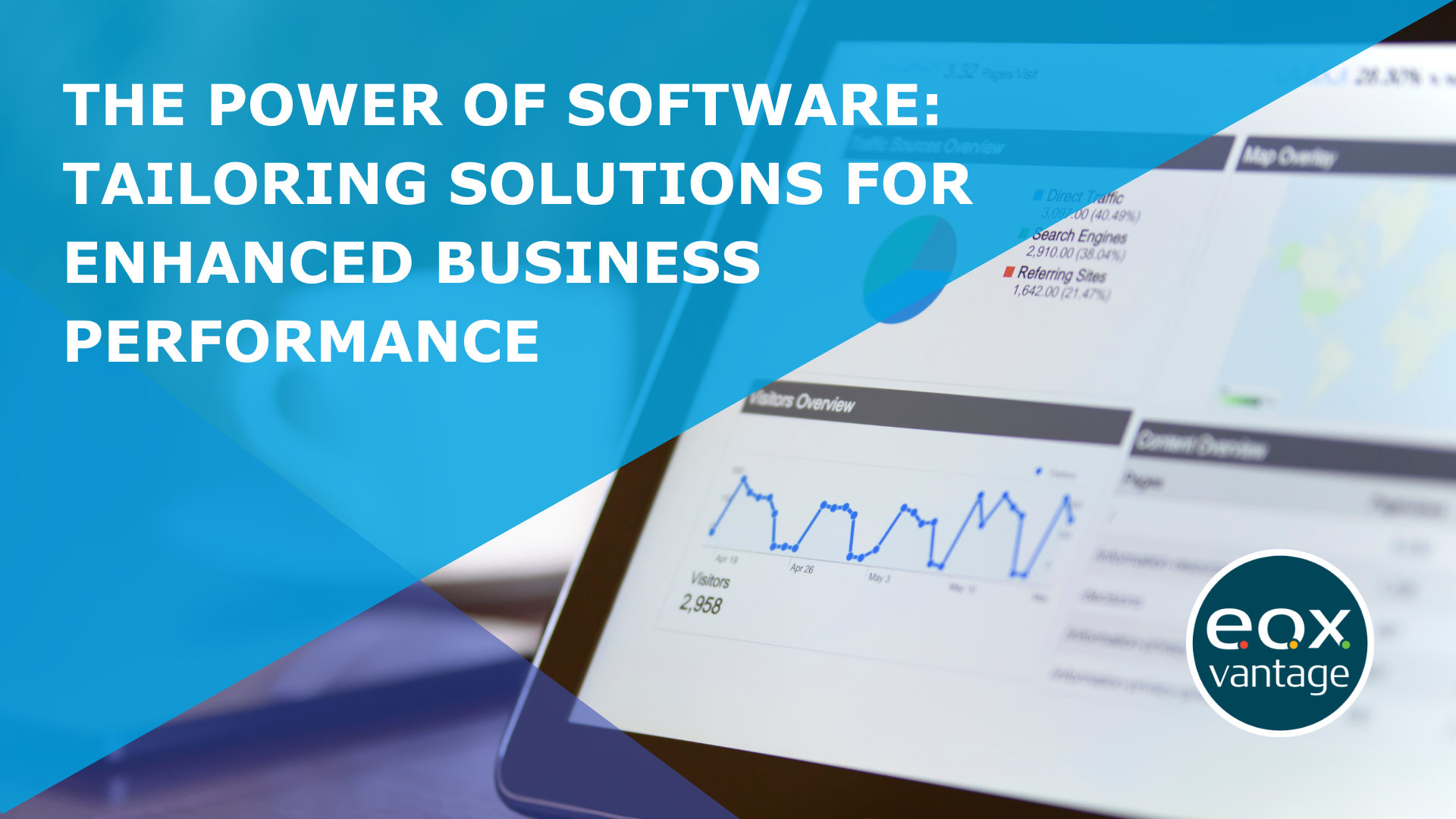In today's fast-paced business world, organizations are constantly searching for innovative ways to streamline their operations, improve productivity, and promote growth. One such solution that has transformed enterprise management is the Enterprise Operating System (EOS) software. At EOX Vantage, we are committed to equipping our clients with cutting-edge technology, and our EOS software is at the forefront of organizational transformation. Let's delve into the basics of EOS software, its model, and its significance in enterprise management.
Leveraging Software for Efficiency: Your Guide to Enterprise Software
Topics: Tips and Tricks, Enterprise Operating System, Digital Transformation, Software
Navigating the Surplus Lines Revolution: Your Guide to Thriving in a Dynamic Market
The surplus lines market is constantly evolving, with emerging risks and current events shaping its landscape. It poses many challenges and opportunities for decision-makers in this dynamic industry. In this blog post, we will delve into how EOX Vantage empowers surplus line professionals to navigate market disruptions, leverage innovative solutions, and thrive in an ever-changing environment.
Topics: Digital Transformation, Automation, Insurance, Artificial Intelligence, Software, Insurtech 2024, Insurtech24
The Power of Digital Strategy: EOX Vantage's Impact on Wholesale, Specialty and Surplus Lines
In the constantly evolving insurance industry, having a strong digital strategy is crucial for success, particularly in areas such as wholesale, specialty and surplus lines. The WSIA Insurtech Conference highlighted the importance of implementing innovative digital solutions to increase market reach, streamline distribution channels and improve customer experience. In this blog post, we will explore how EOX Vantage is leading the way in this digital revolution by developing innovative digital strategies that are transforming wholesale, specialty and surplus lines.
Topics: Enterprise Operating System, Digital Transformation, Automation, Insurance, Artificial Intelligence, Software, Insurtech 2024, Insurtech24
Maximizing Vertafore Orange Partner Program: Leveraging EOX Vantage for Enhanced Vertafore User Experience
As professionals in the insurance industry, we know the complexities and difficulties of managing day-to-day operations, ensuring compliance, and delivering exceptional client service. For this reason, events like Accelerate, Powered by NetVu, and partnerships with industry leaders like Vertafore are immensely valuable. They provide opportunities for us to gain insights, share ideas, and explore new solutions that can help us improve our businesses.
Topics: Managed Services, Digital Transformation, Insurance, Virtual Staffing, Business Process Outsourcing, Software, Accelerate 2024
The Digital Evolution of Insurance: Maximizing Technology for Competitive Edge
The insurance sector is currently experiencing a major shift towards digitization. This change is not just a response to changing consumer behaviors, but also a strategic move to improve operational efficiency and stay competitive in a dynamic market. We will discuss the crucial role of digital transformation in the insurance industry and how it enables companies to leverage technology for strategic advantage.
Topics: Digital Transformation, Automation, Insurance, Software
Hyperautomation: Shaping the Future of Work with Integrated Automation Technologies
The evolution of cutting-edge technologies is paving the way for an extraordinary capability called hyperautomation. This strategic approach entails the integration of various automation technologies to streamline processes, boost efficiency and completely transform the future of work. In this blog, we explore the concept of hyperautomation and provide valuable insights on how businesses can effectively utilize its vast potential to shape the future of work.
Topics: Digital Transformation, Automation, Artificial Intelligence
The Power of Software: Tailoring Solutions for Enhanced Business Performance
Software plays a pivotal role in shaping the success of businesses, with its impact becoming increasingly significant. The right software solutions can completely transform business operations, boost efficiency and drive performance to new heights. In this blog, we will delve into the transformative impact of software and provide valuable insights on how companies can customize solutions to achieve enhanced business performance.
Topics: Enterprise Operating System, Digital Transformation, Software
Agile Workforce: Adapting to Changing Business Realities through Virtual Staffing
It is crucial for companies to not only face the challenge of adapting to changing realities but also recognize it as a strategic imperative. Virtual staffing presents a compelling solution to successfully navigate these changes. In this blog, we will present a comprehensive guide and invaluable insights for companies embarking on the journey of adapting to changing business realities through virtual staffing.
Topics: Managed Services, Digital Transformation, Virtual Staffing, Business Process Outsourcing
Tech-Driven Transformation: The Future of Virtual Staffing
Technology plays a pivotal role in transforming virtual staffing services in the ever-evolving business world, where adaptability and efficiency are imperative for success. EOX Vantage, a leading force in this tech-driven revolution, prioritizes training, HR support, quality, compliance and analytics with their team of industry experts. Let's explore how technology, specifically AI, automation and data analytics, is reshaping virtual staffing operations and paving the way for innovation and growth.
Topics: Managed Services, Digital Transformation, Virtual Staffing, Business Process Outsourcing
Digital Transformation in Insurance: Navigating the Shift Towards a Tech-Driven Future
The insurance industry has experienced a significant digital revolution in recent years, driven by technological advancements and changing customer expectations. Insurance companies are harnessing the power of digital technologies to enhance customer engagement, streamline processes and remain competitive in a constantly evolving market.
Topics: Digital Transformation, Automation, Insurance












